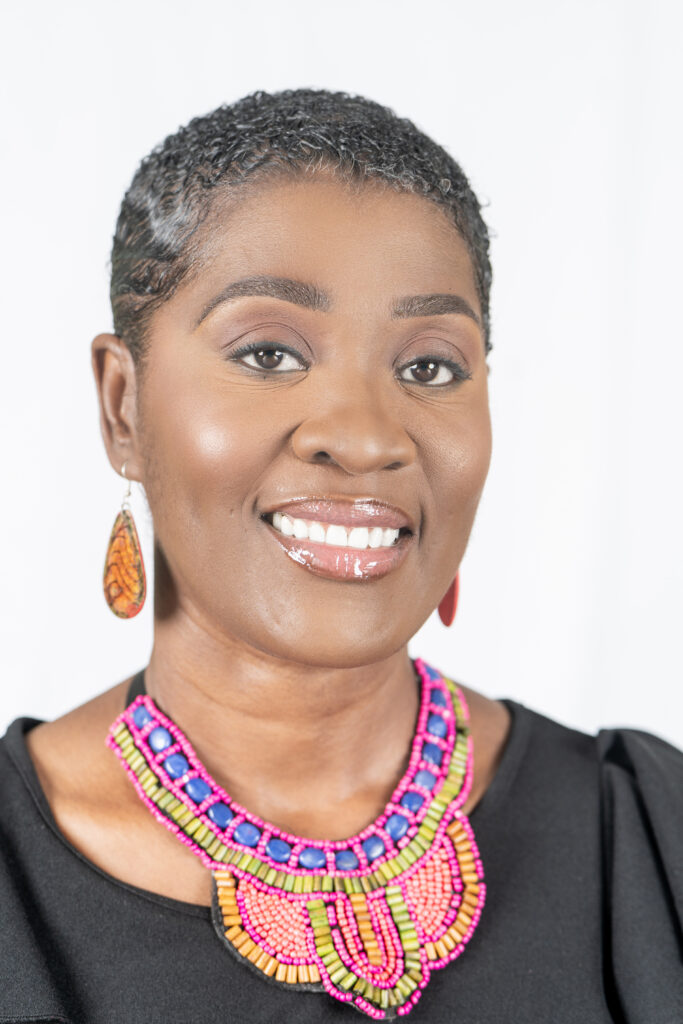The Essence of Leadership: Character, Growth, and Legacy
Leadership: A Responsibility, Not Just a Title Leadership is more than a title—it’s a profound responsibility that requires introspection, growth, and, at times, transformation. Over time, I’ve realized that if I want to see meaningful change, I can’t simply critique leadership from the sidelines. We all play a role in shaping leadership, and this doesn’t always mean leading from the front. Sometimes, it’s about making a difference from where you are—whether that’s in advisory roles, committees, or behind the scenes. As women, we’ve often been conditioned to avoid leadership roles, but as society evolves, more women are stepping into leadership positions across various fields. With this change comes the opportunity to shape a leadership style that resonates with who we are and reflects the qualities that define us as women. For me, the journey to embracing leadership has required confronting my biases and reflecting on my values. Women and Leadership: Embracing Authenticity Growing up, I often avoided teams led by women, a sentiment I realize was shared by many other women. Interestingly, I’ve never heard men express a similar reluctance toward male leadership. However, this bias isn’t rooted in gender itself but in the leadership traits we’ve observed or find lacking in both men and women. Women in leadership sometimes mirror the negative traits historically criticized in men, such as authoritarianism, a lack of empathy, or verbal aggression. These behaviors can be particularly challenging to accept when exhibited by someone of the same gender. Yet, as more women take on leadership roles, I’ve realized that it’s essential to reclaim the strengths we uniquely possess: empathy, compassion, humility, and a nurturing spirit. These qualities are not weaknesses but strengths that can help define a leadership style that is authentic and effective. However, this commitment also requires introspection. Are we truly prepared for leadership? Are we aligning our actions and intentions with the qualities of a good leader? Before stepping into any role, it’s important to assess our readiness, not just for the position but for the responsibility that comes with it. Leadership isn’t just about titles; it’s about service, integrity, and making a meaningful impact. Leadership Under God’s Guidance Faith plays an essential role in my approach to leadership. For me, it’s not just about skills and experience; it’s about preparing under God’s guidance. Leadership should never be driven by titles, appearances, or nepotism. True leadership is about character and heart. I’m reminded of the story of David’s anointing: while others judged based on outward appearance, God looked at David’s heart. Likewise, when we choose leaders, we should focus on their character, not just their qualifications. As we prepare for leadership, it’s important to ask for divine guidance. We must open our hearts and allow for transformation where needed. Leadership isn’t just about leading others; it’s about becoming the person who is ready to lead. And when the time comes, God will position us in ways no one can obstruct. This is the kind of leadership I strive for, one guided by wisdom, humility, and purpose. The Need for Continuity and Support One area where leadership often falls short is in planning for continuity. A true leader’s vision and passion should persist even when they’re no longer in charge. Unfortunately, some leaders disengage entirely after stepping down, creating a vacuum that hinders organizational progress. Worse still are leaders who leave no plans or structures for a smooth transition, forcing their successors to start from scratch. Some may even deliberately sabotage the process, wanting their successors to fail so they can say, “I told you so.” Such behaviour is the antithesis of effective leadership. A great leader is sacrificial, committed to the organization’s growth even in the face of challenges. They must rise above criticisms, spite, or a desire for personal vindication, focusing instead on the collective vision. This includes creating exit strategies and fostering a shared vision that ensures seamless transitions and continuity. Building on a Solid Foundation Leadership transitions shouldn’t resemble political turnovers where previous plans and projects are abandoned. Instead, organizations must operate with a shared vision, with every leader building on the foundations laid by their predecessors. This ensures progress rather than regression. Leadership is a journey of growth, guided by introspection, preparation, and a commitment to serving others. It’s not about holding a title but about making a meaningful difference. Leadership isn’t about the spotlight. It’s about service, sacrifice, and ensuring that the path you pave today becomes the foundation for others tomorrow. Let’s commit to being the change we want to see, leading with integrity, and preparing the way for those who come after us. What are your thoughts on leadership and its challenges? Share in the comments below. I’d love to hear your perspective!
![]()




